
The painting "The Clothed Maja" by Francisco Goya is a delightful Spanish commoner in a provocative attire
"The Clothed Maja" is a painting by Francisco Goya (Spanish: Francisco José de Goya y Lucientes), created between 1800 and 1805. The canvas depicts a young woman who, with her hands behind her head, reclines on greenish pillows adorned with white lace. The soft oval face, the mischievous gaze of dark eyes, the delicate blush on her cheeks, and the teasing smile on her lips all create an image of a woman who is aware of her attractiveness and knows how to use it to her advantage. Such were the "majas" - representatives of a special class from the slums of Madrid who gained great popularity among Spanish aristocrats. The main protagonist's attire adds a particular piquancy to the artwork. The dress, made of delicate silver-white fabric, cinched with a wide belt, hugs her figure, showcasing every curve of her luxurious body without concealing it. The golden jacket and pointed shoes evoke thoughts of Eastern luxury. The rest of the room's setting is veiled in intimate semi-darkness, so as not to distract the viewer from the woman. The artist skillfully and inspiringly captured the ideal beauty of a woman on canvas, one who is alluring and free from conventions. The adept use of light and shadow gives the painting a special depth, making the image of the maja feel real and tangible.
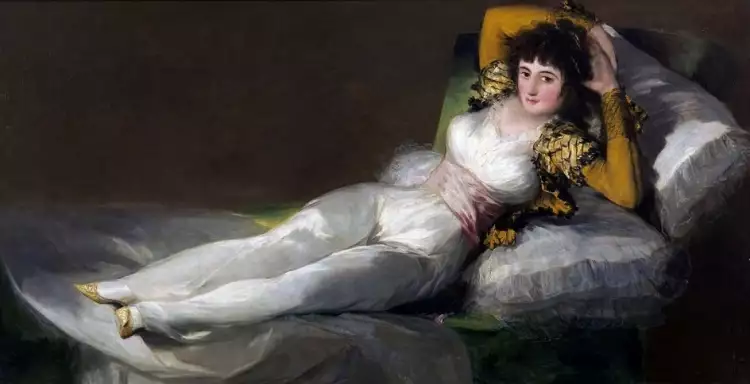 Francisco Goya. The Clothed Maja, 1800-1805
Francisco Goya. The Clothed Maja, 1800-1805
- Title of the painting: "The Clothed Maja" (Spanish: La maja vestida).
- Artist: Francisco Goya (1746-1828).
- Year of creation: 1800-1805.
- Size: 97 x 190 cm.
- Style: Romanticism.
- Genre: Portrait.
- Technique: Oil.
- Material: Canvas.
- Location: Prado Museum, Madrid, Spain.
Francisco Goya is an outstanding Spanish artist who worked from the late 18th to the early 19th century. Starting in 1799, he served as the first court painter to King Charles IV, and it was during this time that he painted "The Clothed Maja," which served as a more censored version of another masterpiece, "The Nude Maja." Both works were commissioned by Manuel Godoy. He concealed the canvas under a decent facade in the genre of nude painting, as during that time, the painting of naked female bodies and the possession of such images in one's home were strictly forbidden.
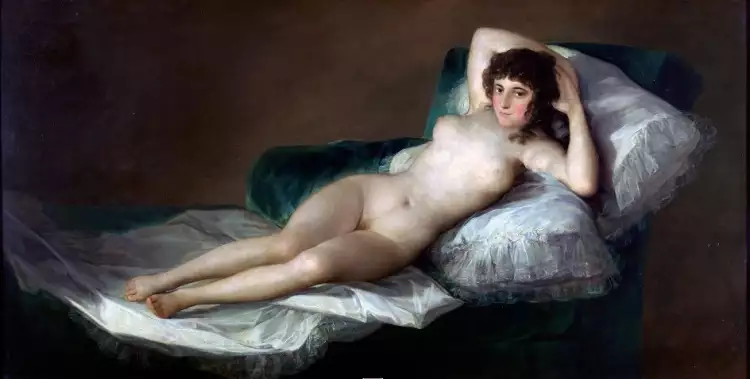 Francisco Goya. The Nude Maja, 1797-1800
Francisco Goya. The Nude Maja, 1797-1800
There are several theories regarding the identity of the woman who served as the model for these two paintings. Initially, it was believed that Goya's patron, the Duchess of Alba, posed for him. Later, a theory emerged that the painter depicted Pepita Tudó, Manuel Godoy's favorite, who later became his wife. Some art historians lean towards the idea that "The Clothed Maja" is a composite image.
Despite the precautions taken, the works were discovered by the Spanish Inquisition, confiscated, and handed over to the Royal Academy of Fine Arts of San Fernando for safekeeping. Since 1901, they have been part of the collection exhibited at the Prado Museum in Madrid.
"The Clothed Maja" by Francisco Goya is a work in which the author, while adhering to all the requirements of censorship, managed to depict the main protagonist no less sensually and provocatively than in the "nude" version.
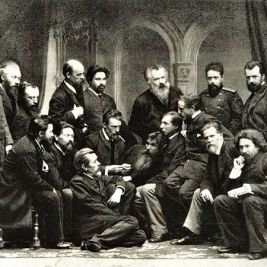 Peredvizhniki: Revolution in Russian Art of the 19th century
Peredvizhniki: Revolution in Russian Art of the 19th century 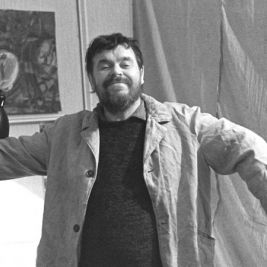 Anatoly Zverev — an unrecognized genius of the Soviet era
Anatoly Zverev — an unrecognized genius of the Soviet era 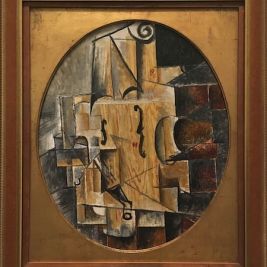 The painting "The Violin" by Pablo Picasso is a picturesque masterpiece about music
The painting "The Violin" by Pablo Picasso is a picturesque masterpiece about music  Design is a captivating process of artistic planning
Design is a captivating process of artistic planning 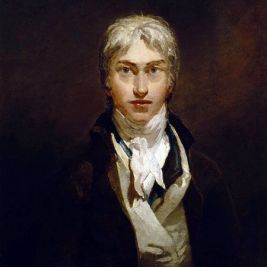 William Turner—the greatest British artist of all time
William Turner—the greatest British artist of all time 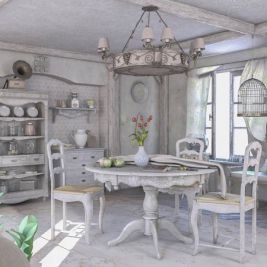 Interior design refers to the internal space of rooms: styles of decoration, classification, and characteristics
Interior design refers to the internal space of rooms: styles of decoration, classification, and characteristics 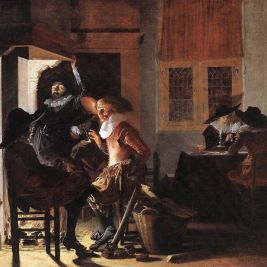 Golden Age of Dutch painting - an era that gave the world the finest masterpieces of Dutch art of all times
Golden Age of Dutch painting - an era that gave the world the finest masterpieces of Dutch art of all times 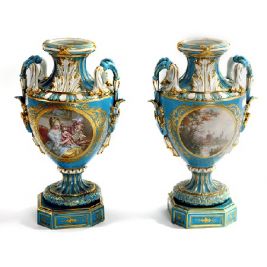 French Porcelain: History of Development and Top Manufactories
French Porcelain: History of Development and Top Manufactories  The painting "The Burning of the Houses of Lords and Commons" by William Turner is a dramatic depiction of a historical event
The painting "The Burning of the Houses of Lords and Commons" by William Turner is a dramatic depiction of a historical event  Giovanni Guida is an Italian artist-innovator and master of grattage
Giovanni Guida is an Italian artist-innovator and master of grattage